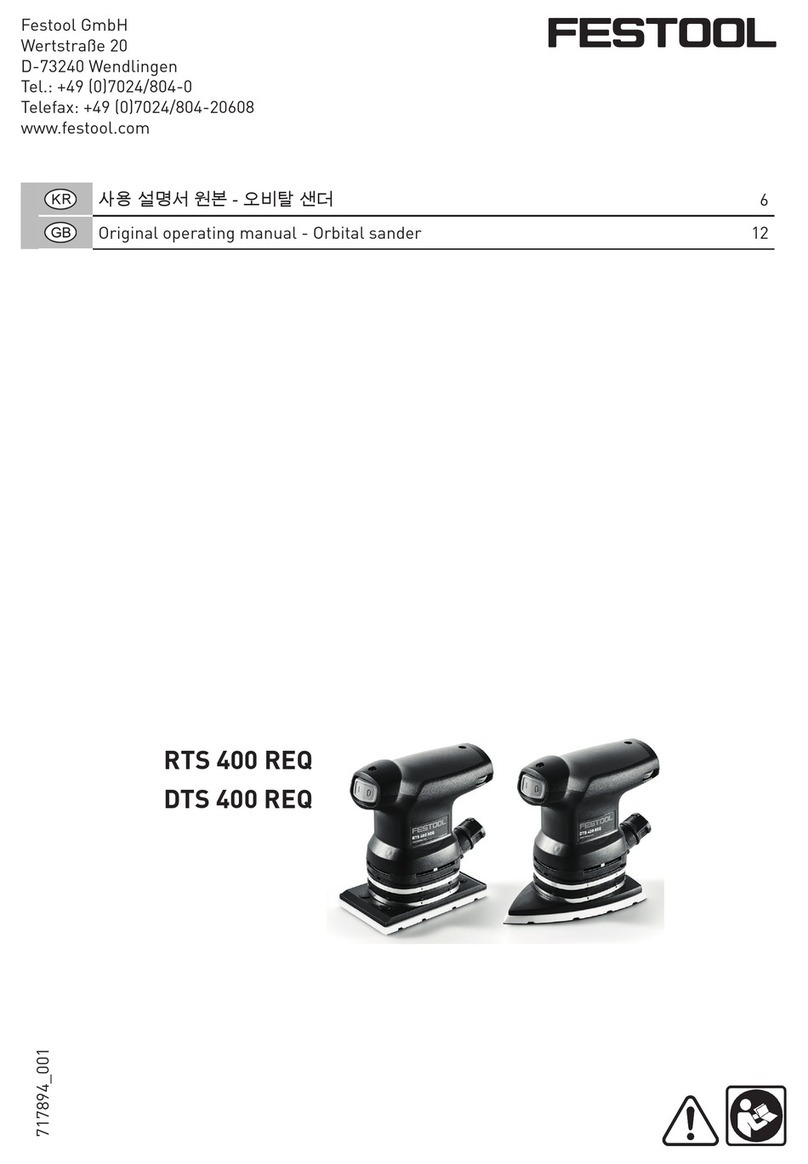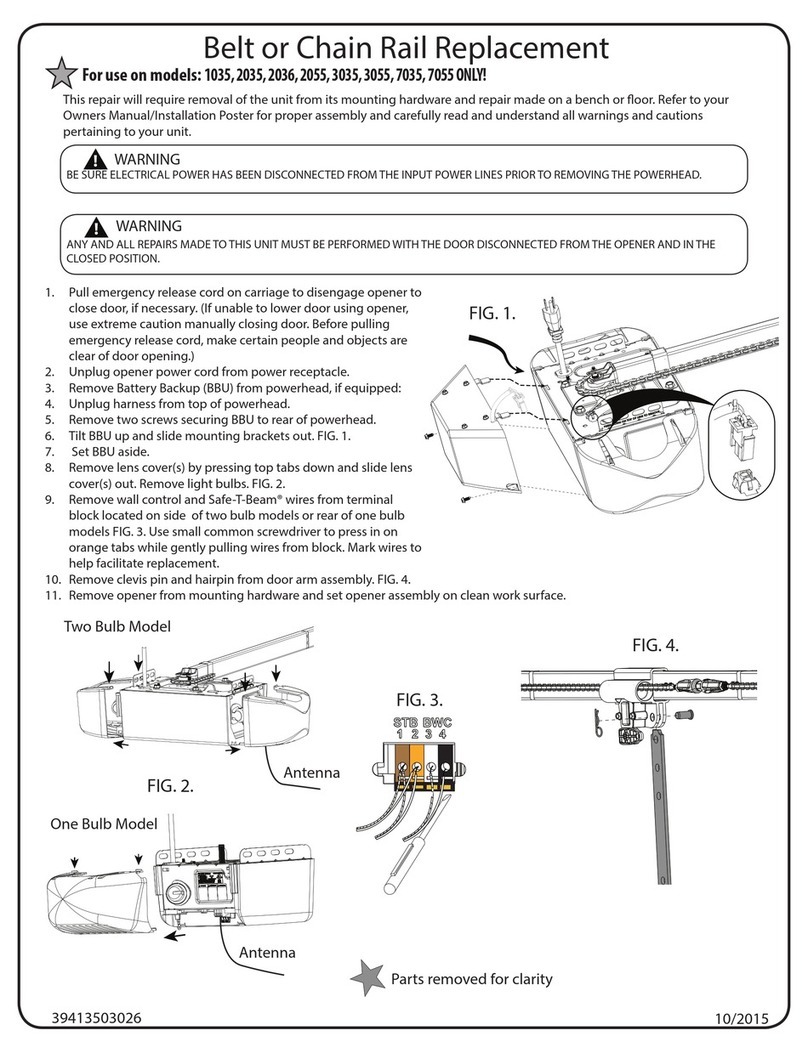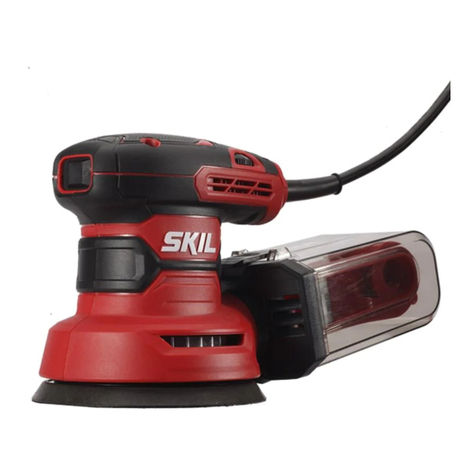BN Products BNR1837 User manual

Page | 1
Operating Instructions
BNR1837
Drywall Sanding Machine
Please read this manual carefully before using this machine to make
sure you are familiar with all safety and warning instructions.
BNR1837 Technical Manual.indd 9/18

Page | 2
OPERATION INSTRUCTION
Machine Call-Outs
Please read this manual carefully before using
this machine to make sure you are familiar with
all safety and warning instructions.
A - Round sanding head
B - Main handle
C-Motor housing
D - Aluminium pipe
E - Folding lock
F - Forward handle
G - Electronic speed control wheel
H - Lock On button
I - Dust extration outlet
(with locking sleeve)
J - Switch
K - Round sanding pad
(hook & loop system)
O - Extension shaft
1 - Rear handle
2 - Dust extraction outlet
(with adjusting sleeve)
3 - Sleeve
P - Vacuum hose
1 - Stand
2 - Connector
(pre-assembled) (38mm)
3 - Suction power adjustment ring
4 - Vacuum adaptor
(pre-assembled)(47mm)
Q - Vacuum adaptor
(pre-assembled)(35mm)
R - Hex wrench S5
S - Round sanding disc

Page | 3

Page | 4
TECHNICAL SPECIFICATIONS
Model Number BNR1837
Voltage 120V~, 60Hz
Power 5A, 600W
Rotation Speed 600-1500 rpm
Round Sanding Pad.ø 9” (225mm)
Protection class Class II
Double Insulated
SAFETY
GENERAL SAFETY INSTRUCTIONS
WARNING! Read all safety warnings and all instructions.
Failure to follow the warnings and instructions may result
in electric shock, fire and/or serious injury. Save all these
instructions for future reference. The term “power tool” in
the warnings refers to your (corded) power tool.
1. WORK AREA SAFETY
• Keep work area clean and well lit. Cluttered or dark
areas invite accidents.
• Do not operate power tools in explosive atmospheres,
such as in the presence of flammable liquids, gases or
dust. Power tools create sparks which may ignite the
dust or fumes.
• Keep children and bystanders away while operating a
power tool. Distractions can cause you to lose control.
2. ELECTRICAL SAFETY
• Power tool plugs must match the outlet. Never modify
the plug in any way. Do not use any adapter plugs with
earthed (grounded) power tools.Unmodified plugs and
matching outlets will reduce risk of electric shock.
• Avoid body contact grounded surfaces such as pipes,
radiators, ranges and refrigerators. There is an in-
creased risk of electric shock if your body is grounded.
• Do not expose power tools to rain or wet conditions.
Water entering a power tool will increase the risk of
electric shock.
• Do not abuse the cord. Never use the cord for carrying,
pulling or unplugging the power tool. Keep cord away
from heat, oil, sharp edges or moving parts. Damaged
or entangled cords increase the risk of electric shock.
• When operating a power tool outdoors, use an exten-
sion cord suitable for outdoor use. Use of a cord suit-
able for outdoor use reduces the risk of electric shock.
3. PERSONAL SAFETY
• Stay alert, watch what you are doing and use com-
mon sense when operating a power tool. Do not use a
power tool while you are tired or under the influence
of drugs, alcohol or medication. A moment of inatten-
tion while operating power tools may result in serious
personal injury.
• Use personal protective equipment. Always wear eye
protection. Protective equipment such as dust mask,
non-skid safety shoes, hard hat, or hearing protection
used for appropriate conditions will reduce personal
injuries.
• Prevent unintentional starting. Ensure the switch is
in the off-position before connecting to power source
and/or battery pack, picking up or carrying the tool.
Carrying power tools with your finger on the switch or
energising power tools that have the switch on invites
accidents.
• Remove any adjusting key or wrench before turning
the power tool on. A wrench or a key left attached to a
rotating part of the power tool may result in personal
injury.
• Do not overreach. Keep proper footing and balance at
all times. This enables better control of the power tool
in unexpected situations.
• Dress properly. Do not wear loose clothing or jewelry.
Keep your hair, clothing and gloves away from mov-
ing parts. Loose clothes, jewelry or long hair can be
caught in moving parts.
• If devices are provided for the connection of dust
extraction and collection facilities, ensure these are
connected and properly used. Use of dust collection
can reduce dust-related hazards.
4. POWER TOOL USE AND CARE
• Do not force the power tool. Use the correct power
tool for your application. The correct power tool will
do the job better and safer at the rate for which it was
designed.
• Do not use the power tool if the switch does not turn
it on and off. Any power tool that cannot be controlled
with the switch is dangerous and must be repaired.
• Disconnect the plug from the power source and/or the
battery pack from the power tool before making any
adjustments, changing accessories, or storing power
tools. Such preventive safety measures reduce the risk
of starting the power tool accidentally.
• Store idle power tools out of the reach of children and
do not allow persons unfamiliar with the power tool
or these instructions to operate the power tool. Power
tools are dangerous in the hands of untrained users.
• Maintain power tools. Check for misalignment or
binding of moving parts, breakage of parts and any
other condition that may affect the power tool’s opera-
tion. If damaged, have the power tool repaired before
use. Many accidents are caused by poorly maintained
power tools.
• Keep cutting tools sharp and clean. Properly main-
tained cutting tools with sharp cutting edges are less
likely to bind and are easier to control.

Page | 5
• Use the power tool, accessories and tool bits etc.,
in accordance with these instructions, taking into
account the working conditions and the work to be
performed. Use of the power tool for operations dif-
ferent from those intended could result in a hazardous
situation.
5. SERVICE
Have your power tool serviced by a qualified repair person
using only identical replacement parts. This will ensure
that the safety of the power tool is maintained. Contact:
BN Products-USA • (800) 992-3833 • mail@bnproducts.
com • www.bnproducts.com
SAFETY INSTRUCTIONS FOR SANDERS
1) SAFETY INSTRUCTIONS FOR ALL OPERATIONS
a) This power tool is intended to function as a sander.
Read all safety warnings, instructions, illustrations and
specifications provided with this power tool. Failure to
follow all instructions listed below may result in electric
shock, fire and/or serious injury.
b) This power tool is not recommended for grinding, wire
brushing or cutting off operations.Operations for which
the power tool was not designed may create a hazard and
cause personal injury.
c) Do not use accessories which are not specifically
designed and recommended by BN Products-USA. Just
because the accessory can be attached to your power tool,
it does not assure safe operation.
d) The rated speed of the accessory must be at least equal
to the maximum speed marked on the power tool. Acces-
sories running faster than their rated speed can fly apart.
e) The outside diameter and the thickness of your acces-
sory must be within the capacity rating of your power tool.
Incorrectly sized accessories cannot be adequately guard-
ed or controlled.
f) The arbour size of wheels, flanges, backing pads or any
other accessory must properly fit the spindle of the power
tool. Accessories with arbour holes that do not match the
mounting hardware of the power tool will run out of bal-
ance, vibrate excessively and may cause loss of control.
g) Do not use a damaged accessory. Before each use
inspect the accessory such as abrasive wheels for chips
and cracks, backing pads for cracks, tear or excess wear,
wire brushes for loose or cracked wires. If the power tool
or accessory is dropped, inspect for damage or install an
undamaged accessory. After inspecting and installing an
accessory, position yourself and bystanders away from the
plane of the rotating accessory and run the power tool at
maximum no load speed for one minute. Damaged acces-
sories will normally break apart during this test time.
h) Wear personal protective equipment. Depending on ap-
plication, use face shield, safety goggles or safety glasses.
As appropriate, wear dust mask, hearing protectors, gloves
and shop apron capable of stopping small abrasive or
workpiece fragments. The eye protection must be capable
of stopping flying debris generated by various operations.
The dust mask or respirator must be capable of filtrating
particles generated by your operation. Prolonged exposure
to high intensity noise may cause hearing loss.
i) Keep bystanders a safe distance away from work area.
Anyone entering the work area must wear personal protec-
tive equipment. Fragments of the workpiece or of a broken
accessory may fly away and cause injury beyond the im-
mediate area of operation.
j) Hold power tool by insulated gripping surfaces only,
when performing an operation where the sander may con-
tact hidden wiring or its own cord. Contacting a “live” wire
may make exposed metal parts of the power tool “live” and
could give the operator an electric shock.
k) Position the cord clear of the spinning accessory. If you
lose control, the cord may be cut or snagged and your
hand or arm may be pulled into the spinning accessory.
l ) Never lay the power tool down until the accessory has
come to a complete stop. The spinning accessory may grab
the surface and pull the power tool out of your control.
m) Do not run the power tool while carrying it at your
side. Accidental contact with the spinning accessory could
snag your clothing, pulling the accessory into your body.
n) Regularly clean the power tool’s air vents. The motor’s
fan will draw the dust inside the housing and excessive ac-
cumulation of powdersl may cause electrical hazards.
o) Do not operate the power tool near flammable materi-
als. Sparks could ignite these materials.
p) Do not use accessories that require liquid coolants. Us-
ing water or other liquid coolants may result in electrocu-
tion or shock.
2) KICKBACK AND RELATED WARNINGS
• Kickback is a sudden reaction to a pinched or snagged
rotating wheel, backing pad, brush or any other ac-
cessory.Pinching or snagging causes rapid stalling
of therotating accessory which in turn causes the
uncontrolled power tool to be forced in the direction
opposite of the accessory’s rotation at the point of the
binding.
• For example, if an sanding disk is snagged or pinched
by the workpiece, the edge of the wheel that is enter-
ing into the pinch point can dig into the surface of the
material causing the wheel to climb out or kick out.
The wheel may either jump toward or away from the
operator, depending on the direction of the wheel’s
movement at the point of pinching.
• Kickback is the result of power tool misuse and/or in-
correct operating procedures or conditions and can be
avoided by taking proper precautions as given below.
a) Maintain a firm grip on the power tool and position
your body and arm to allow you to resist kickback forces.

Page | 6
Always use auxiliary handle, if provided, for maximum
control over kickback or torque reaction during start-up.
The operator can control torque reactions or kickback
forces, if proper precautions are taken.
b) Never place your hand near the rotating accessory. The
accessory may kickback over your hand.
c) Do not position your body in the area where power
tool will move if kickback occurs. Kickback will propel
the tool in the direction opposite to the wheel’s move-
ment at the point of snagging.
d) Use special care when working corners, sharp edges
etc. Avoid bouncing and snagging the sanding pad.
Corners, sharp edges or bouncing have a tendency to
snag the rotating accessory and cause loss of control or
kickback.
GENERAL
• This tool should not be used by people under the
age of 16 years
• This tool is not intended for use by persons (in-
cluding children) with reduced physical, sensory
or mental capabilities, or lack of experience and
knowledge, unless they have been given supervi-
sion or instruction concerning use of the tool by a
person responsible for their safety
• Ensure that children do not play with the tool
• This tool is not suitable for wet sanding
• Always disconnect plug from power source before
making any adjustment or changing any accessory
BEFORE USE
• Before using the tool for the first time, it is recom-
mended to ead the complete manual
• Always check that the supply voltage is the same as
the voltage indicated on the nameplate of the tool
• Do not work materials containing asbestos (asbestos
is considered carcinogenic)
• Dust from material such as paint containing lead,
some wood species, minerals and metal may be
harmful (contact with or inhalation of the dust may
cause allergic reactions and/or respiratory diseases
to the operator or bystanders); wear a dust mask and
work with a dust extraction device when perating.
Certain kinds of dust are classified as carcinogenic
(such as oak and beech dust) especially in conjunc-
tion with additives for wood conditioning; wear a
dust mask and work with a dust extraction device
when operating.
• Follow the dust-related national requirements for the
materials you want to work with.
• Use completely unrolled and safe extension cords
with a capacity of 15 Amps.
AFTER USE
• After switching off the tool, never stop the rotation of
the accessory by a lateral force applied against it.
Shaft (Fig. 2)
• Fold the front and back part together (2a).
• Push the folding lock E to the right position and keep
the tip adjacent to the handle .(2b)
• Press the folding lock E towards the handle until the
end. (2c) Unfold the handle by pushing the folding lock
to the inside. Replace sanding pad
Replace sanding pad (Fig. 3)
• Insert the hex wrench (size 5) into the hexagonal
screw bolt on the sanding block
• Hold the sanding pad firmly, and then turn the wrench
counter clockwise to dismount the pad.
• Install new sanding pad by tightening the bolt.
Warning: Only install the specified sanding pad on the
machine. In order to ensure optimal performance, the
machine should be run at slightly lower speed for sev-
eral minutes to make the grinding pad fit the sealing
surface perfectly. During this process, the white foam
particles willcome out from the sanding head. How-
ever, this won’t damage the machine.
Attaching and changing sanding disc (Fig. 3)
• Place the sanding disc in the center of the sanding pad
and press on. The holes in the sanding disc must be
in alignment with the extraction holes in the sanding
pad.
• For round sanding pad only: conduct a test run to
check that the sanding disc is clamped in the center.
Extension shaft (optional) (Fig. 4)
• Use the extension shaft (o) according to the intended
operation for higher work surfaces.
• Loosen the sleeve on the dust extraction outlet (I) of
the upper shaft (F) but do not remove the sleeve from
the outlet.
• Align the rear handle (o1) with the main handle (B)
and insert the sleeve (o3) on the extension shaft (o)
into the outlet (I) with a twist motion all the way to the
stop.
• Adjust the length of the extension shaft (o) if neces-
sary. Pay attention to the marking “max 1.65m” on the
extension shaft. Tighten the sleeve (I) after assembling/
adjusting the extension shaft.
Dust suction (Fig. 5)
• Loosen locking knob for length adjustment (I) by turn-
ing it in the direction of the unlocking symbol on the
tool handle

Page | 7
• Insert Vacuum hose P into the end of the tool handle
as illustrated
• Tighten Locking knob for length adjustment I by turn-
ing it in the direction of the locking symbol on the tool
handle
• Connect the Vacuum hose with the Ø 47 mm adapter
P4 directly to an industrial vacuum cleaner (remove
vacuum cleaner hose first)
• You may also connect vacuum hose with one of the
3 adapters to an industrial vacuum cleaner without
removing the vacuum cleaner hose
Tool standard/airflow control (Fig. 8)
• Tool handle P1 prevents the hose from damage when
putting the tool aside during work breaks
• Control the airflow by sliding suction power adjust-
ment ring (P3) over the opening in tool connector (P2)
• The vacuuming power is at its lowest level when the
opening is fully visible or when switching the machine
on and off
• Turn on/off the drywall sander by switch (J) Electronic
speed control
• Adjust the speed by turning the speed wheel (G), user
can choose different speeds for different sanding sur-
faces.
• Constant speed control will keep the machine running
at the same speed as selected.
• Do not overload by excessive pressure.
SANDING OPERATIONS
Once the machine and vacuum cleaner are set up and
all safety measures and equipment are in place, begin by
turning on the vacuum cleaner and then the machine.
(If you are using a vacuum cleaner with integrated switch-
ing, then simply turn the machine on.)
Round sanding head (Fig. 6)
• Begin sanding and carefully contact the work surface
as lightly as possible-just enough to keep the sanding
head flat against the surface.
• The pivot point in the sanding head allows the sanding
disc to follow the contours of the work surface.
• The best technique is to use overlapping sweeps and
keep the head in constant motion. Never stop too long
in any one place or there will be swirl marks. With ex-
perience it will be very easy to create excellent results.
Ensure that the sanding disc you are using is suited to the
task, Overly coarse grit paper may remove material too
quickly to control. Overly fine grit paper will clog more
often.
Take care to avoid sharp projections and nails, etc. This
will wipe out the sandpaper and probably damage the
sponge pad as well.
MAINTENANCE / SERVICE
Store the tool in its protective case in a dry and locked-up
place, out of reach of children.
Always keep tool and cord clean (especially ventilation
slots).
Do not attempt to clean ventilation slots by inserting
pointed objects through openings.
Disconnect the plug before cleaning.
ENVIRONMENT
Do not dispose of electric tools, accessories and packaging
together with household waste material
In observance of any directive on waste of electric and
electronic equipment and its implementation in accor-
dance with national law, electric tools that have reached
the end of their life must be collected separately and re-
turned to an environmentally compatible recycling facility
BN Products-USA, LLC.
3450 Sabin Brown Road
Wickenburg, AZ 85390
www.bnproducts.com

Page | 8
BN Products-USA
3450 Sabin Brown Road
Wickenburg, AZ 85390
BNR1837 includes sample sanding discs with this Drywall
Sander. You can order additional discs using the following part
numbers from your local supplier.
BN Products Sanding discs for BNR1837. Ø9” (225mm)
Sanding discs for BNR1837
Part Number Sanding Grit Package Qty.
SDR9-60 60 Grit 10 Pads in a Pack
SDR9-80 80 Grit 10 Pads in a Pack
SDR9-100 100 Grit 10 Pads in a Pack
SDR9-120 120 Grit 10 Pads in a Pack
SDR9-150 150 Grit 10 Pads in a Pack
SDR9-180 180 Grit 10 Pads in a Pack
SDR9-240 240 Grit 10 Pads in a Pack
Sanding Pad for BNR1837
SPR9-S Sanding Pad Soft (1.ea.)
(Comes with the tool)
SPR9-F Sanding Pad Firm (1.ea)
Table of contents
Other BN Products Sander manuals
Popular Sander manuals by other brands

Meister
Meister MBS600-1 Translation of the original instructions

Black & Decker
Black & Decker 90518305 instruction manual
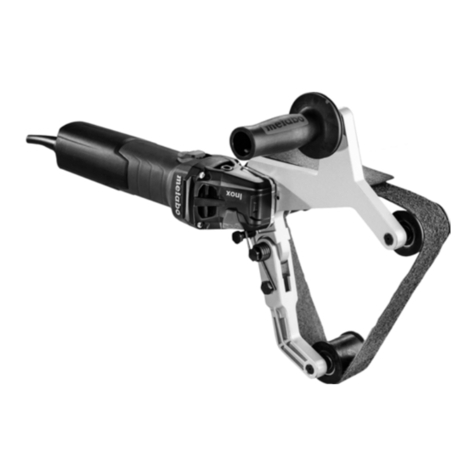
Metabo
Metabo RBE 15-180 Original instructions
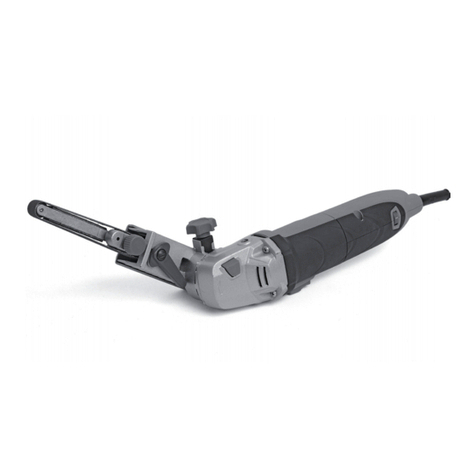
Pattfield Ergo Tools
Pattfield Ergo Tools PE-500PF Original instructions
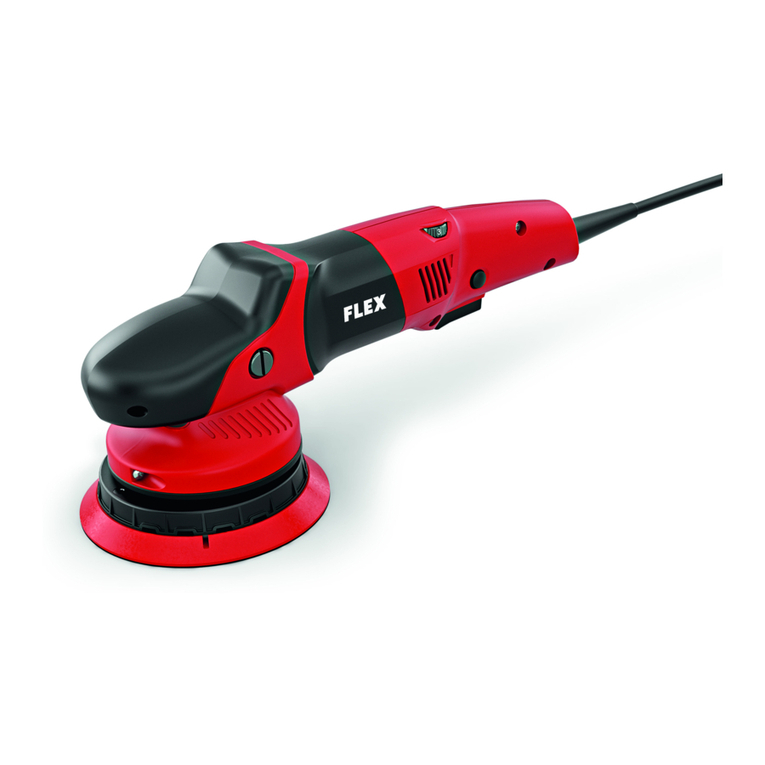
Flex
Flex XFE 7-15 instruction manual

Central Machinery
Central Machinery 59220 Owner's manual & safety instructions
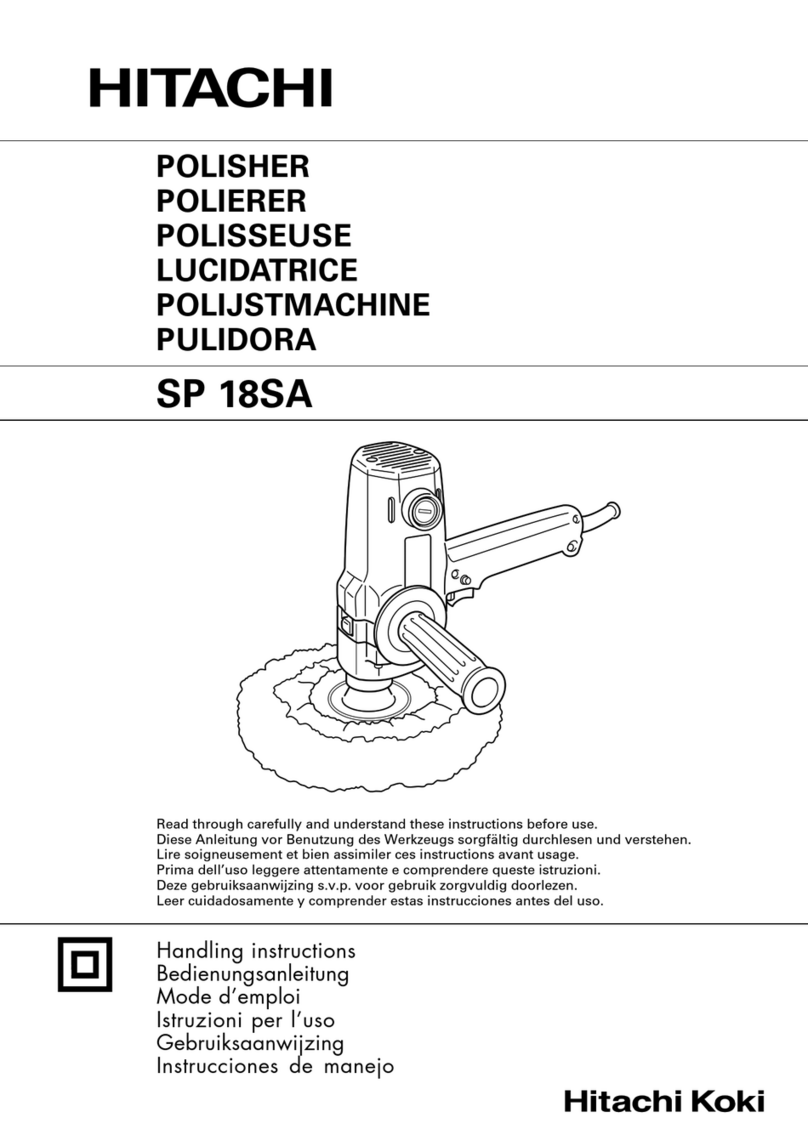
Hitachi Koki
Hitachi Koki SP 18SA Handling instructions
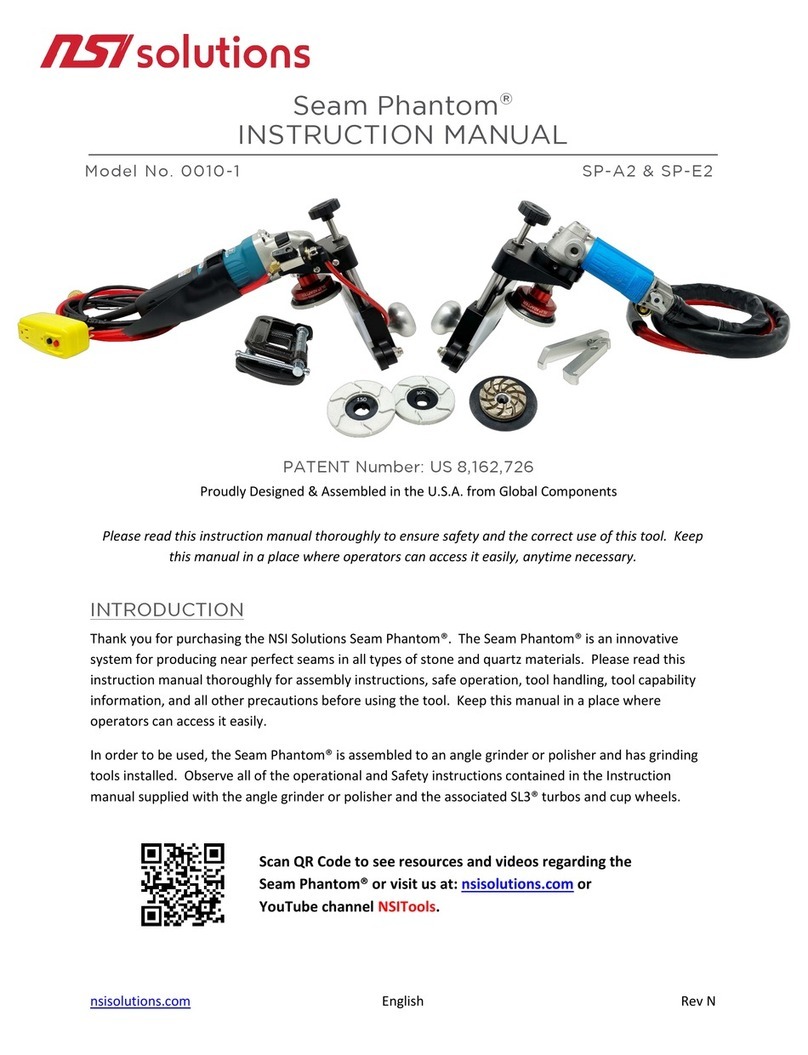
NSI Solutions
NSI Solutions Seam Phantom SP-A2 instruction manual

Bosch
Bosch GSS 23 A Original instructions
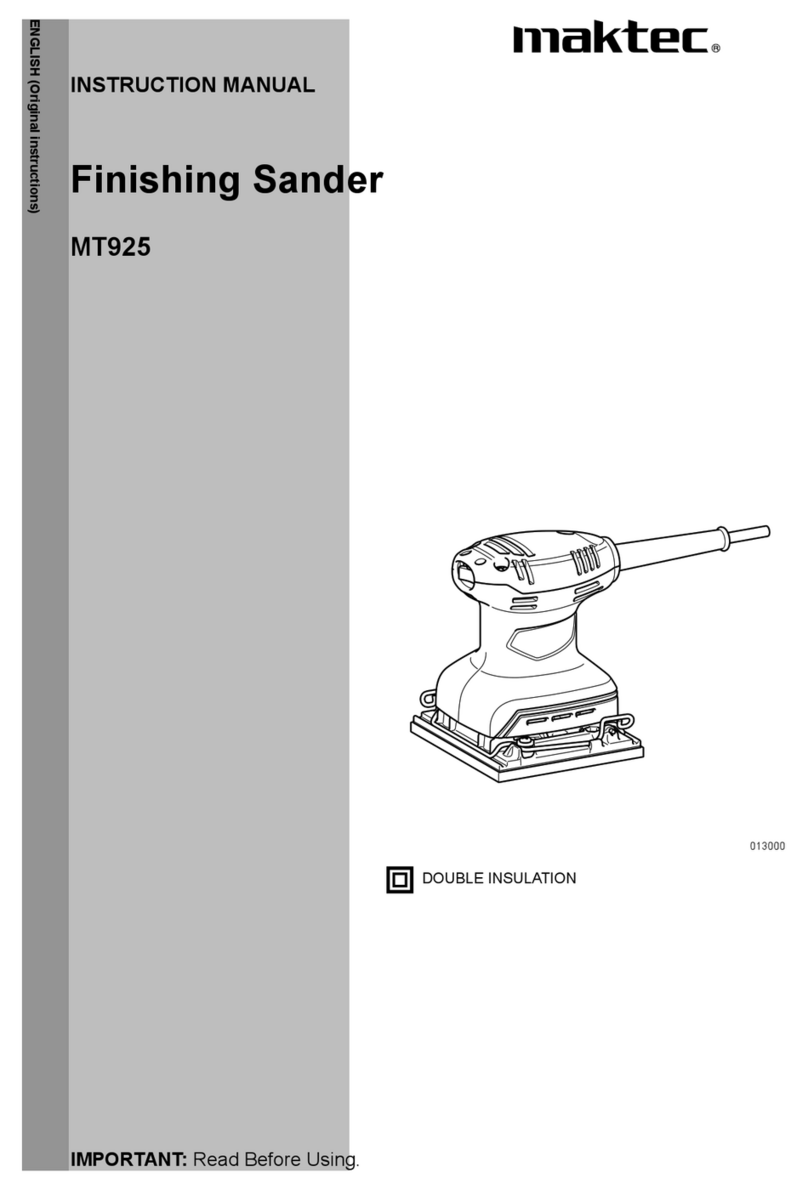
Maktec
Maktec MT925 instruction manual

Ingersoll-Rand
Ingersoll-Rand 313A Product information

Bosch
Bosch GEX 125 AVE Professional Original instructions




